- vulkan extension that allows progress markers to be inserted into the Vulkan command stream
- these can be used to detect the range of draw commands that have caused a GPU device error
- a short overview of how it is used in X-Plane
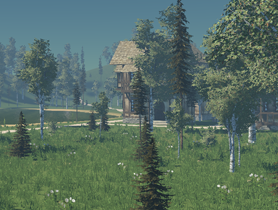
- a brief overview of the rasterization process
- look at the logical rendering pipeline model
- presents the different components that are used to implement pipeline in hardware
- implementation details about the different stages
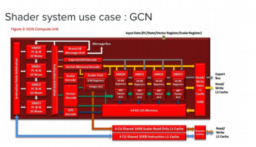
- Ray Tracing Gems is now also available as a free Kindle version
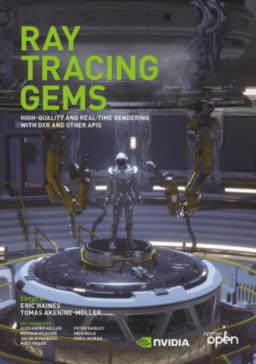
- presents an overview of the general flow of a frame of the game
- a more detailed look at the acceleration structures used for the raytraced GI implementation
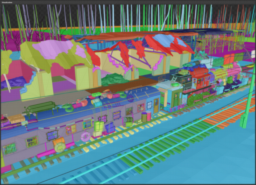
- looks at the composition of transparent objects, lens flares and at terrain tessellation
- presents more images from the acceleration structures and problems discovered with it
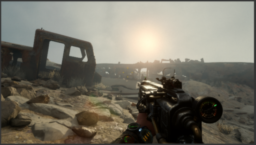
- Microsoft released the engineering specification for Direct3D 11 and 12 including DXR
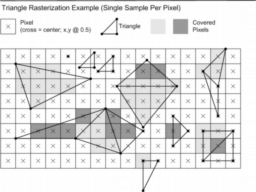
- all GDC content from Nvidia is now available for download (free login required)
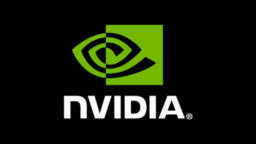
- shows which tools are available to look at the shader disassembly for AMD GPUs
- presents the instructions generated for a simple shader and overview of some of the instructions used
- shows the effect of code changes to the code generation
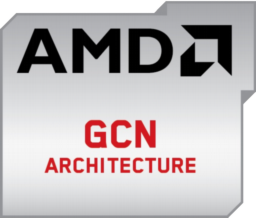
- preprint of I3D paper that will be presented in May
- AO calculations are split into large-scale interactions based on sphere approximations
- finer details are created using linear interpolation from key points on the spheres
- both components are trained against ground truth data
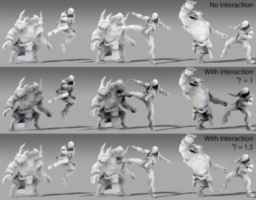
- overview of the latest extensions added to Vulkan on Nvidia GPUs
- mesh shader motivation, execution model and how to use them
- barycentric coordinates extension
- subgroup overview and tensor core access
- texture space shading
- derivatives in compute shaders
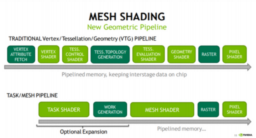
- discusses the authors’ thoughts about abstraction levels in graphics APIs
- presents the motivation for the design of the granite engine API

Thanks to Cort Stratton for support of this series.
Would you like to see your name here too? Become a Patreon of this series.

